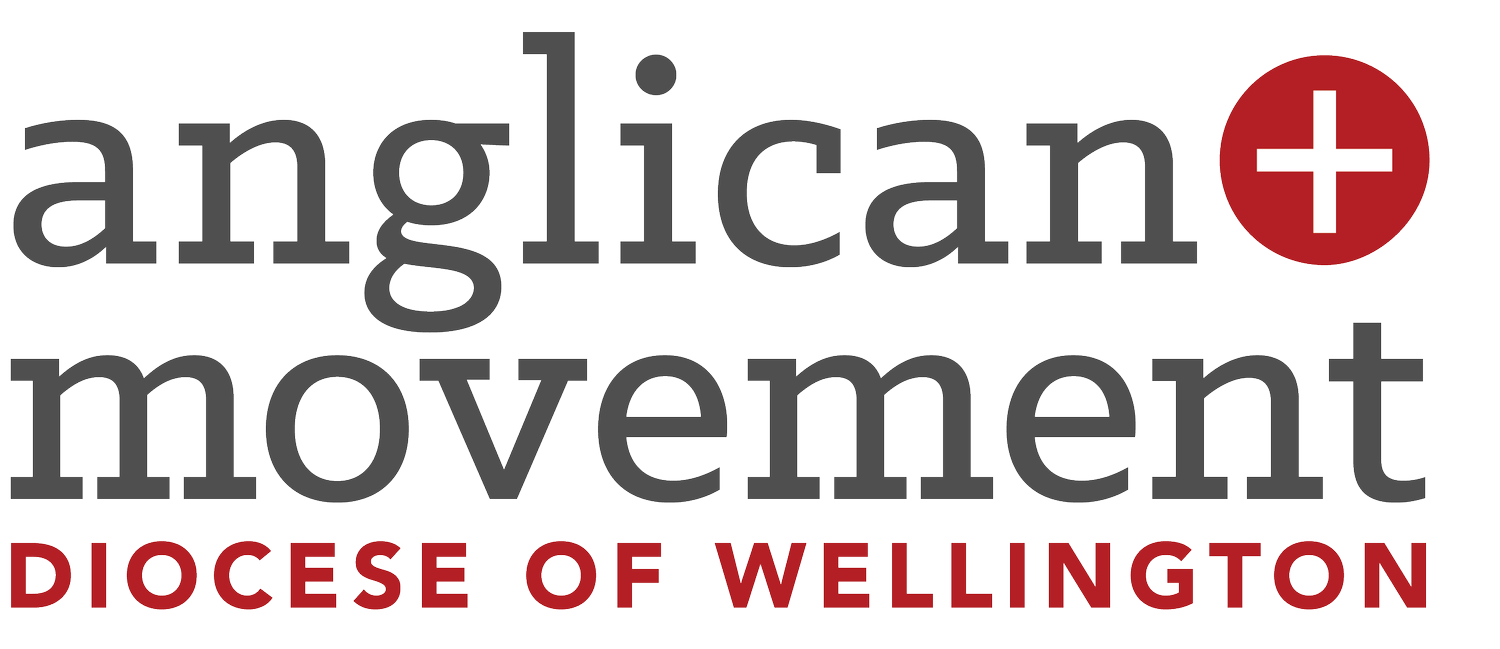Pilgrimage to Waitangi Deepens Anglican Connection to Treaty
A group of 12 from the Wellington Diocese embarked on a significant journey to Waitangi last week, joining 120 Christians from across Aotearoa to commemorate Te Tiriti o Waitangi.
The haerenga (journey), led in partnership with Karuwhā Trust, provided participants with an opportunity to engage with the history of the Treaty and strengthen their connection to the land.
For Maria Kirkland from St Matthew’s in Taitā, the journey was about reconnecting with the Anglican whakapapa and the arrival of the gospel in Aotearoa.
“It was a privilege to experience the story of the gospel and our nation’s history at Waitangi. While our history as a church and the experience of colonisation is full of the good, the bad, and the ugly, it is only through knowing and engaging with this story that we can attempt to live out the partnership and sacred covenant envisaged when Te Tiriti o Waitangi was signed in 1840. The haerenga has left an indelible mark on me.”
Two significant dawn services framed the week. The first was a pōwhiri at Te Tii Marae to celebrate the re-opening of the wharenui following restoration work. This was followed by a hākari (feast), with many remarking that it was the best hāngī they had ever had—beautifully presented in harakeke baskets and entirely waste-free. The second dawn gathering took place at the Upper Treaty Grounds, where Bishop Te Kitohi Pikaahu from Te Tai Tokerau Tikanga Māori led a moving service.
Beyond the formal events, participants spoke of the warmth and hospitality of mana whenua, the spiritual depth of the place, and even the daily swims in the warm northern waters—an experience far removed from Wellington’s rugged coastline.
Claire Russell from St Matthew’s in Taitā described the experience as transformative. “I went from standing on the sidelines as a supporter to entering into Te Tiriti as a participant. It was a fuller realisation that I am included in Te Tiriti.”
Karuwhā Trust highlighted the significance of the location, stating, “As New Zealanders, Waitangi sits at the heart of our identity. It’s where the Treaty was first signed and home to the people who welcomed New Zealand’s first Christian missionaries. The stories of Waitangi are our stories; they are your stories.”
Throughout the week, participants immersed themselves in the life of Waitangi by serving alongside tangata whenua at Te Tii Marae. They helped prepare and serve meals, cleaned, and sorted rubbish to support waste reduction efforts. The group also visited historic sites such as Rangihoua, where Samuel Marsden preached the first Christian sermon in Aotearoa in 1814, and St Paul’s Paihia, where early missionaries Henry and Marianne Williams were based.
Listening to kaumatua, kuia, and historians share stories of Aotearoa’s past was another highlight, deepening participants' understanding of the Treaty’s impact and the ongoing journey of partnership between Māori and Pākehā.
The pilgrimage is now a key component of post-ordination training for all ordinands in the Wellington Diocese, reinforcing the importance of knowing and engaging with the Church’s history in Aotearoa.
For those interested in taking part in the next journey in 2026, Karuwhā Trust welcomes inquiries: karuwha.org.nz.


